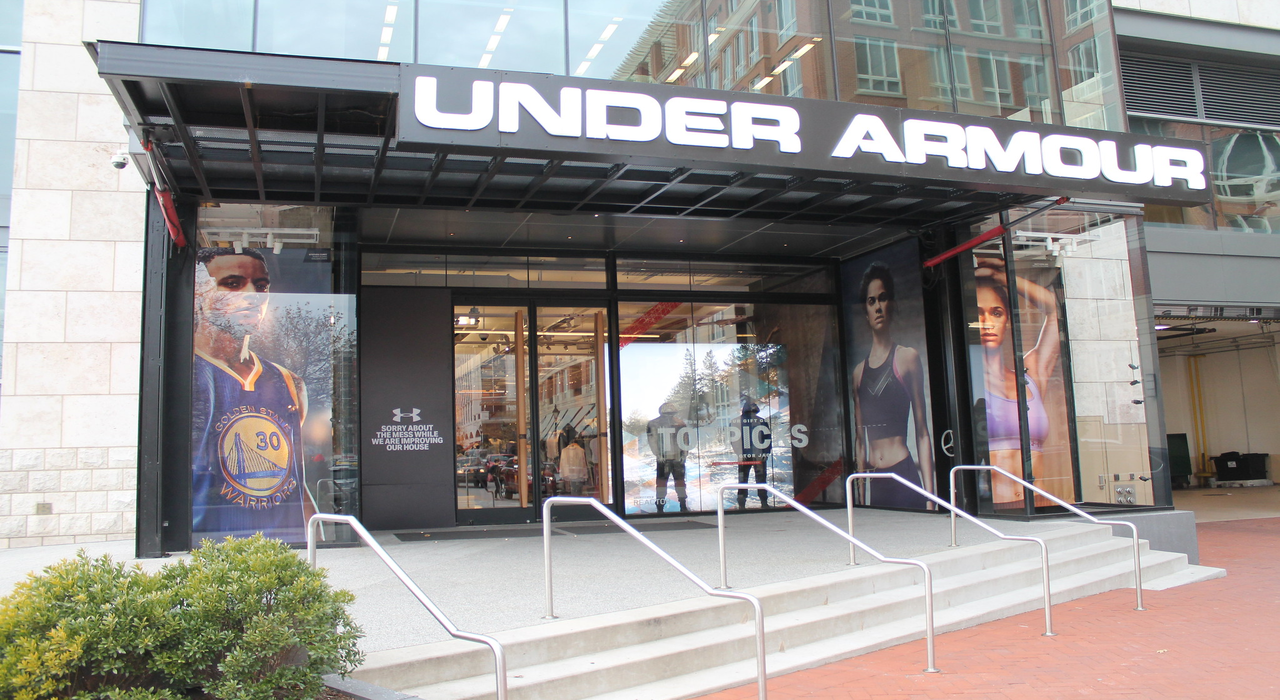
Sports equipment company Under Armour has revealed plans to close approximately 2,000 to 3,000 wholesale partner stores in the back half of 2021.
The closure is part of its restructuring and turnaround strategy. Under Armour sells most of its merchandise in various US department stores, speciality sporting goods stores, off-price retail locations, and mom-and-pop businesses.
By the end of 2022, it would be left with close to 10,000 partner stores.
Under Armour president, CEO and board member Patrik Frisk said: “So that will be a two- to three-year journey for us where we get out of 2,000 to 3,000 doors and then starting in the back half of this year.
“And what we’ll be left with when we’re through that journey is really what we believe are more appropriate doors for us, but doors that we feel are going to win…but the winners kind of mentality there and where we also feel that we can earn shelf space back.
“So that’s really important for us. It’s also important for our segmentation and our merchandising strategy going forward.”

US Tariffs are shifting - will you react or anticipate?
Don’t let policy changes catch you off guard. Stay proactive with real-time data and expert analysis.
By GlobalDataUnder Armour, which reported its unaudited financial results for the fourth quarter and fiscal year ended 31 December, reveals that its wholesale revenue fell 25% to $2.4bn in 2020.
Direct-to-consumer revenue increased by 2% to $1.8bn driven by a 40% gain in e-commerce.
In December, the retailer also sold its MyFitnessPal business to Francisco Partners in a deal valued at $345m.
Frisk added: “As we continue to navigate uncertainty around the pandemic, we remain focused on execution and the efforts necessary to stabilise our business further and improve our ability to deliver sustainable shareholder value over the long-term.”



